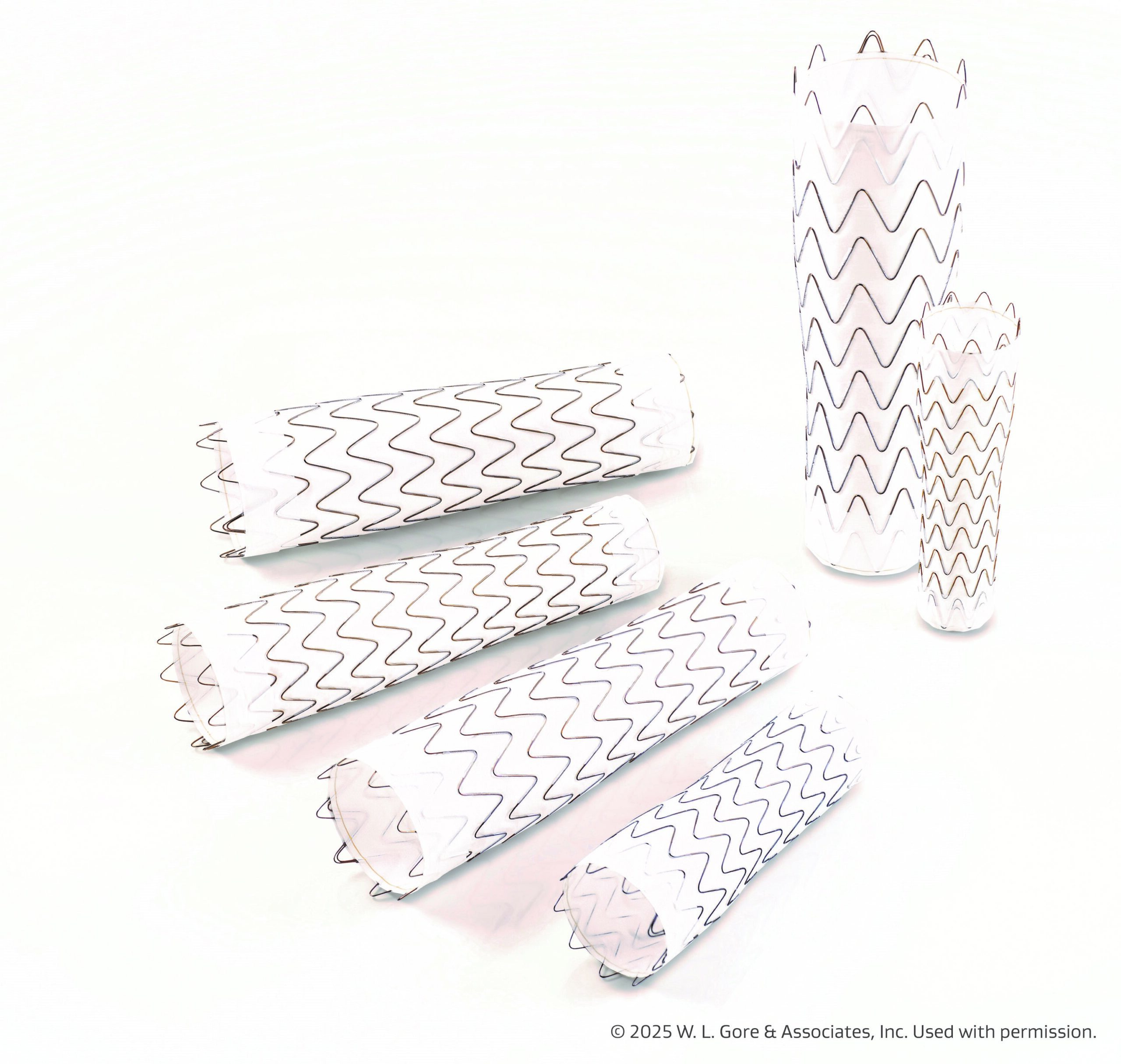
In this holiday week edition, a look at how we are still falling short for cardiovascular disease (CVD) insurance coverage for millions, how body shape can impact CV health in post-menopausal women, and encouraging findings for those with hypertension who want to stick to an exercise regimen.
Millions Remain Uncovered for CVD Despite ACA Implementation
A new report in the Journal of Internal Medicine highlights the ways in which, despite the implementation of the Affordable Care Act (ACA), patients are still not adequately covered in terms of their CVD insurance. While implementation of the ACA helped, millions of patients were not receiving access to coverage for CVD risk factors such as smoking, obesity, and diabetes. “If more states expanded Medicaid, many more people with CVD would be covered, particularly among people with low incomes, and in communities of color,” the researchers wrote.
Pear-shaped Body Better for CV Outcomes Post-menopause
Compared to an apple shape, it’s better to have a pear shape. That’s the conclusion of this study published in the European Heart Journal, which was a first-of-kind looking at the relationship between body fat distribution (trunk versus legs) and the risk for CVD. The researchers looked at more than 2,600 post-menopausal women, and concluded that a higher percentage of trunk fat was linked with a higher risk for CVD. “In addition to overall body weight control, people may also need to pay attention to their regional body fat, even those who have a healthy body weight and normal body mass index,” the one study author commented.
Self-monitored Blood Pressure After Exercise Helps Adherence
Monitoring the decrease in your blood pressure, which persists for up to 24 hours after exercise, turns out to be useful in helping patients with hypertension self-monitor and stick to their fitness regimens. A paper in the Journal of Hypertension followed 24 participants who were prescribed daily and weekly exercise training sessions, where they were to self-monitor blood pressure before and after exercise. Those who performed hypotension monitoring after exercise (monitoring lower blood pressure) had greater adherence to their exercise regimens and saw greater decreases in blood pressure. This led one researcher to ask if this “could this be a ‘gateway drug’ to getting people to exercise for an abundant variety of reasons.”
In Case You Missed It
Even Mild Alcohol Consumption Linked to Heart Disease
Bad news for lots of people! Even small amounts of alcohol are linked with heart disease, this new report suggests.
Link Between Heart Disease and Cognitive Decline
In what may sound like a no-brainer (pun intended?), a new study explores the link between the progression of heart disease and the decline in cognition.







 © 2025 Mashup Media, LLC, a Formedics Property. All Rights Reserved.
© 2025 Mashup Media, LLC, a Formedics Property. All Rights Reserved.